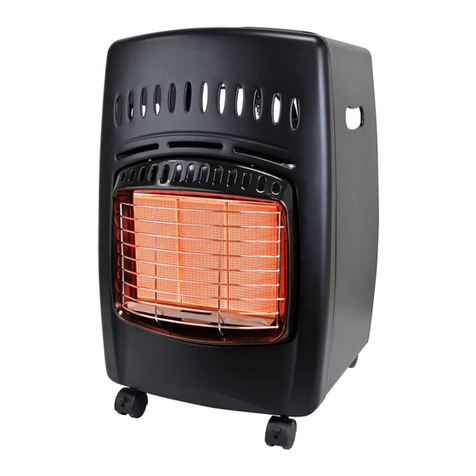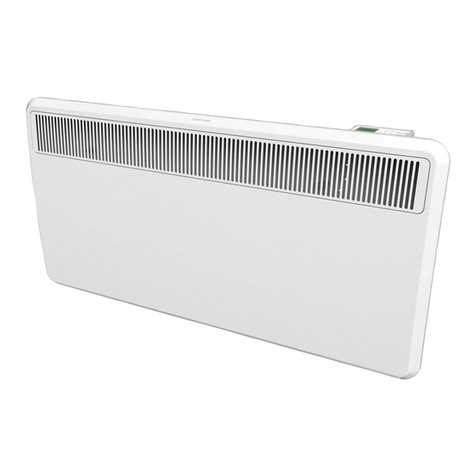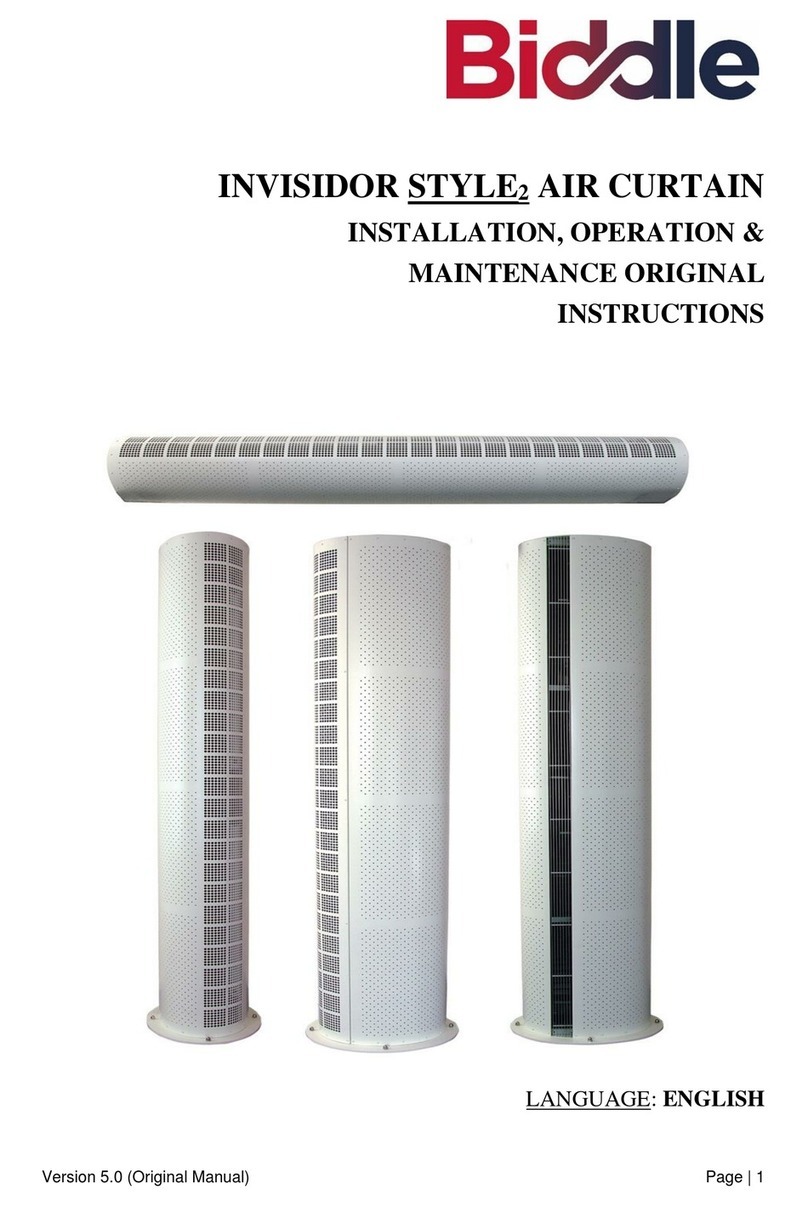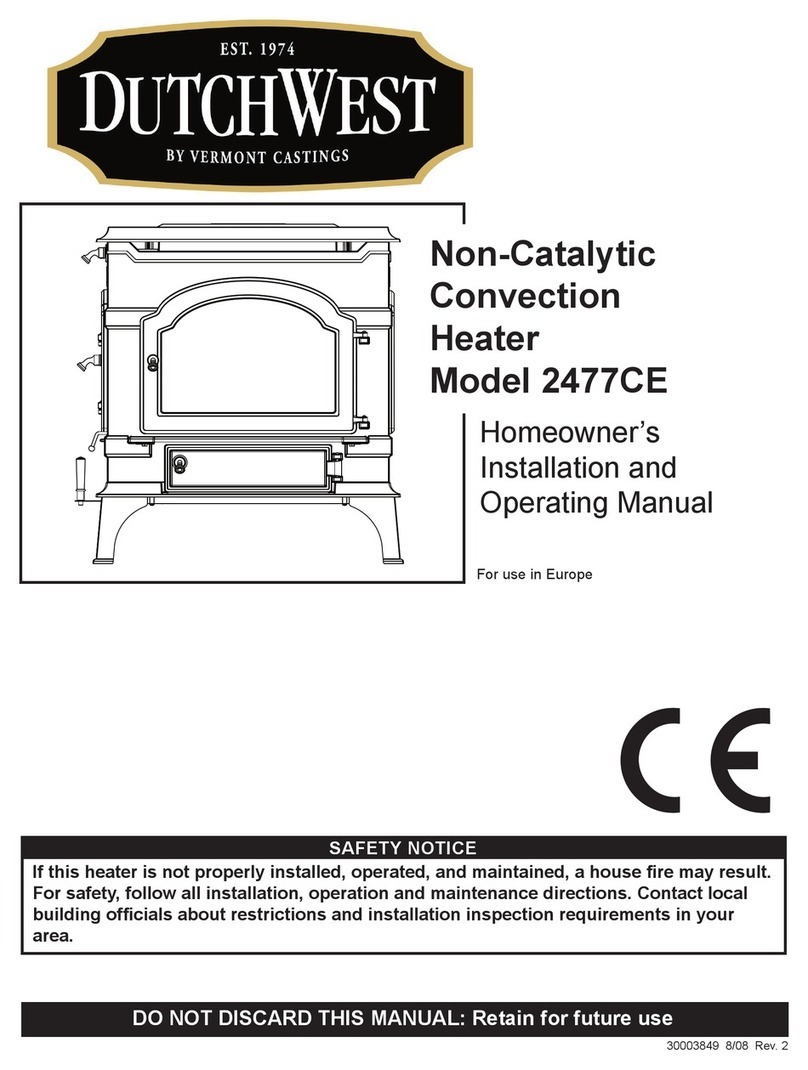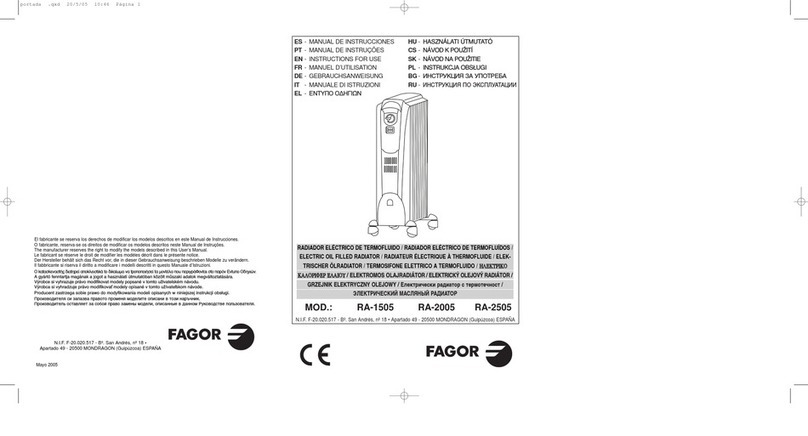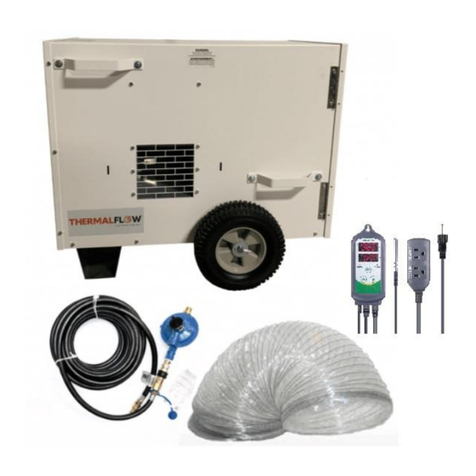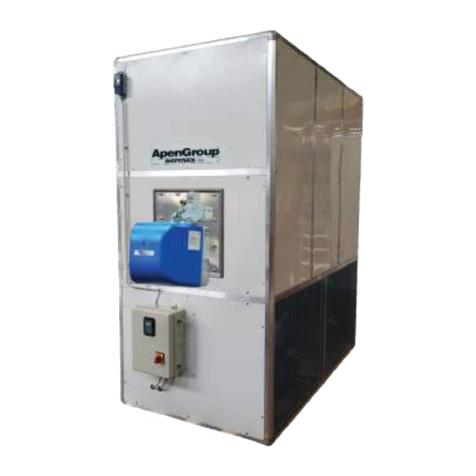KERS 50 –Heat recovery ventilation unit –User & installation manual
© Ideal Clima –Page 4 / 28
- Modifications made to the unit and to safety devices without prior written permission of the manufacturer;
- Attempted repair on their own or by not authorized people ;
- Missed periodic and constant maintenance or use of non-original spare parts.
In any case, should the user impute the incident to a defect of the unit, it will have to prove that the damage
has been a major and direct consequence of this "defect".
1.3 STANDARD OPERATIONAL RULES
Service standards described in this manual are an integral part of the supply of the unit.
These rules are intended to the operator already instructed expressly to conduct this type of device and contain
all the information necessary and indispensable for a safe and optimum use of the unit.
Hasty and patchy installations forcing to improvisation and this is the cause of many accidents.
Carefully read and strictly observe the following suggestions:
-the first start-up must be made by qualified staff authorized by the manufacturer;
-during installation or when you need to work on the unit, you must strictly follow the rules reported on this
manual, observe the indications on-board units and take any necessary precautions;
-accidents to persons and property can be avoided by following these technical instructions
compiled with reference to Directive 2006/42 / EC and subsequent amendments. In any case always
observe national safety regulations;
-do not remove or damage protections, labels or notices, especially those required by law and, if
no longer readable, replace them.
All operators must comply with the international regulations and of the destination country of the unit
in order to avoid possible accidents.
The European Community has issued some guidelines concerning the safety and health of workers, among which
include the directives 89/391/CEE, 89/686/CEE, 89/654/CEE, 89/655/CEE, 89/656/EEC, 86/188/EEC, 92/58/EEC and
92/57/EEC that each employer has the obligation to respect and make them respected.
The units have been designed and constructed according to the present state of the art and of the rules of the
art.
Has made compliance with the laws, rules, regulations, ordinances, guidelines in force for such machines.
The materials used and the parts of equipment, as well as production, quality assurance and control procedures
meet the highest requirements of safety and reliability.
Using them for the purposes specified in this user manual, with due diligence and perform accurate maintenance
and revisions, you can maintain continuous and sustained performance and functionality of the unit.
1.4 OPERATIONS AND MAINTENANCE
The user manual can never replace proper and adequate experience; some maintenance jobs are particularly
difficult, this manual is a reminder of the main activities to be performed by personnel with proper training, for
example by attending training courses from the manufacturer.
Carefully read the following suggestions:
-A constant and careful preventive maintenance will always ensure a high operating safety of the
unit. Never postpone necessary repairs and have them performed only by qualified personnel, using
only original spare parts;
-Any work on the unit must be made by qualified personnel;
-Before carrying out any work or maintenance on the unit, make sure to remove the power supply;

